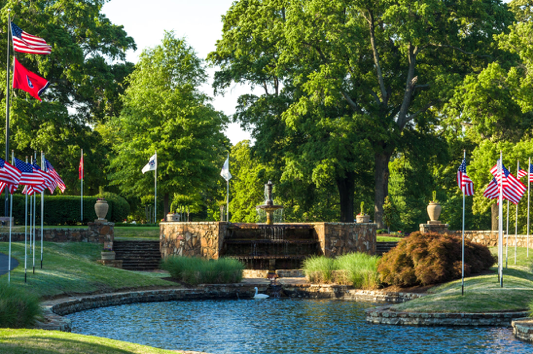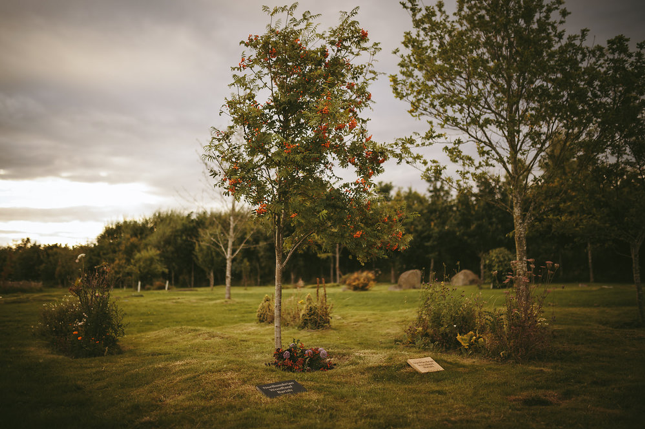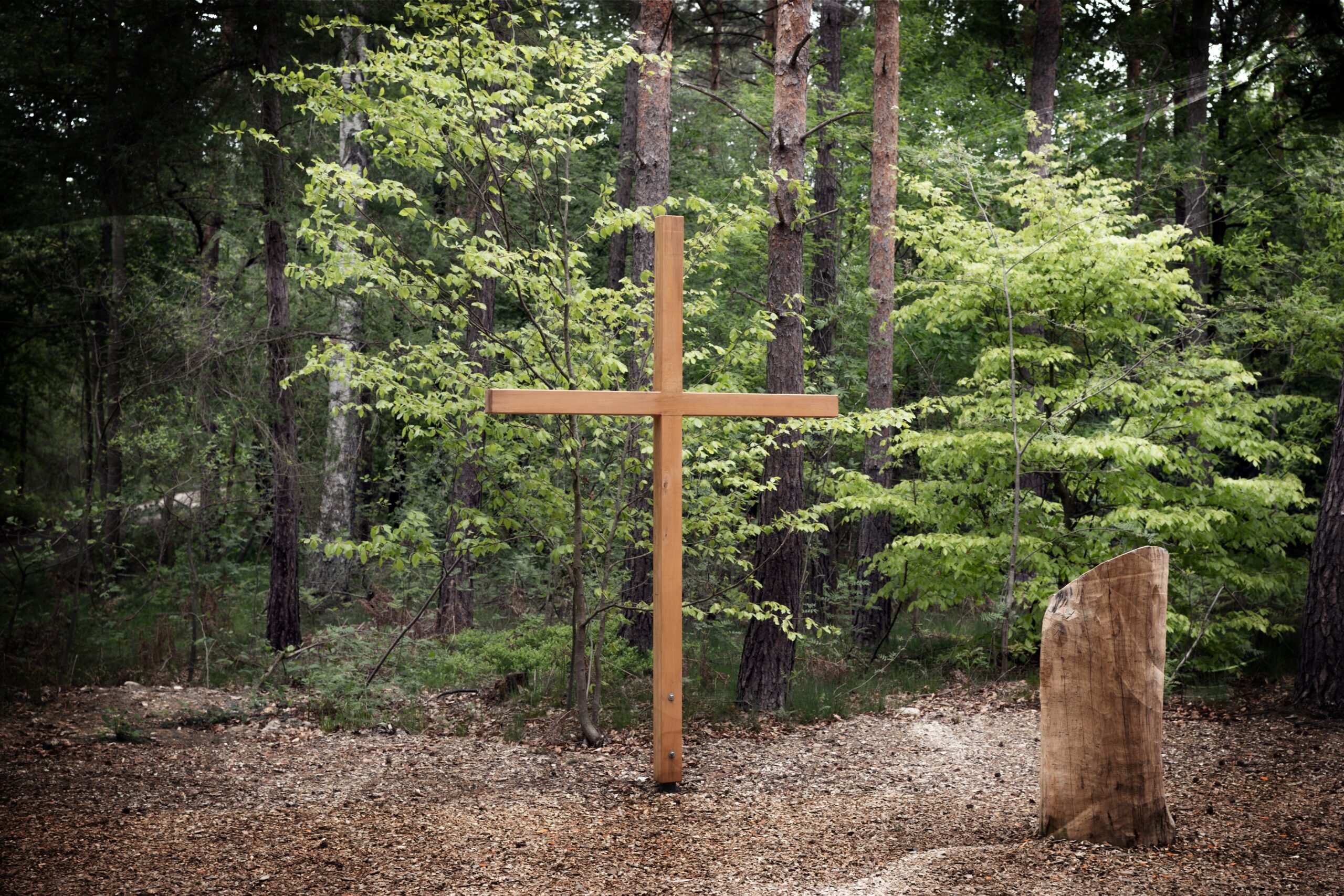Editor’s note: this is the latest in a series of posts about natural burial co-written by Kent Burreson and Beth Hoeltke. Their free, downloadable Bible study “Natural Burial: The Final Journey,” which also includes a burial planning guide, is available.
In our last post on graves and grave containers we noted the stewardship calling that God has given us as His creatures to tend the earth. One of the ways we can do this in our dying is to use the earth’s natural materials as the environment for our bodies. Green burial cemeteries and grounds allow us to steward our dead bodies and the earth that God created in mutually beneficial ways.

Cemeteries have undergone a significant historical transition over the past 170 years. Prior to the Civil War most cemeteries were owned by religious institutions and municipalities. The growth of cities meant that land-locked, haphazardly planned urban cemeteries were insufficient. Both grid and rural cemeteries developed to replace the old city cemeteries. The rural cemeteries gained favor, blending city and country together. In the later nineteenth century rural cemeteries with their winding streets and forested, park-like appearances gave way first to the cultivated landscaped cemetery and then to the lawnscaped cemetery that we know today. These cemeteries are meticulously planned and manicured, like a professionally-sculpted golf course. They are often very sterile and disconnected from the chaotic beauty of nature itself. And they promote the development of practices, such as embalming, which abuse the earth.
Challenging the predominant notions of the lawnscaped cemetery—the primary way in which Americans conceive of the modern American burial ground—the natural/green burial cemetery appeared. The first natural burial cemetery in the United States was Ramsey Creek Preserve (memorialecosystems.com) in Westminster, South Carolina in 1996. Established by Dr. Billy and Kimberley Campbell, Ramsey Creek continues to be a leader in the natural burial movement, now counting over 300 natural burial cemeteries and grounds throughout the United States.

So what constitutes a natural burial cemetery as opposed to a lawnscaped cemetery? Natural burial cemeteries and grounds include these things:
- Natural environment for burial consistent with historic land contours and usage in that context (i.e. woodland terrains remain woodland terrains, prairie terrains remain prairie terrains)
- Forego toxic embalming
- Eliminate vaults
- Choose biodegradable containers, caskets, shrouds, and urns
- Discontinue herbicides, pesticides, fertilizers
- Encourage sustainable management practices
- Often use natural stone markers and GPS capabilities to mark grave sites
- Often support land conservation efforts
All natural burial cemeteries fit the first six criteria above (see the Green Burial Council’s website, greenburialcouncil.org, for more information on natural burial cemeteries). In our next post we’ll explore the various kinds of natural burial cemeteries and grounds and how to locate them.


Leave a Reply
You must be logged in to post a comment.